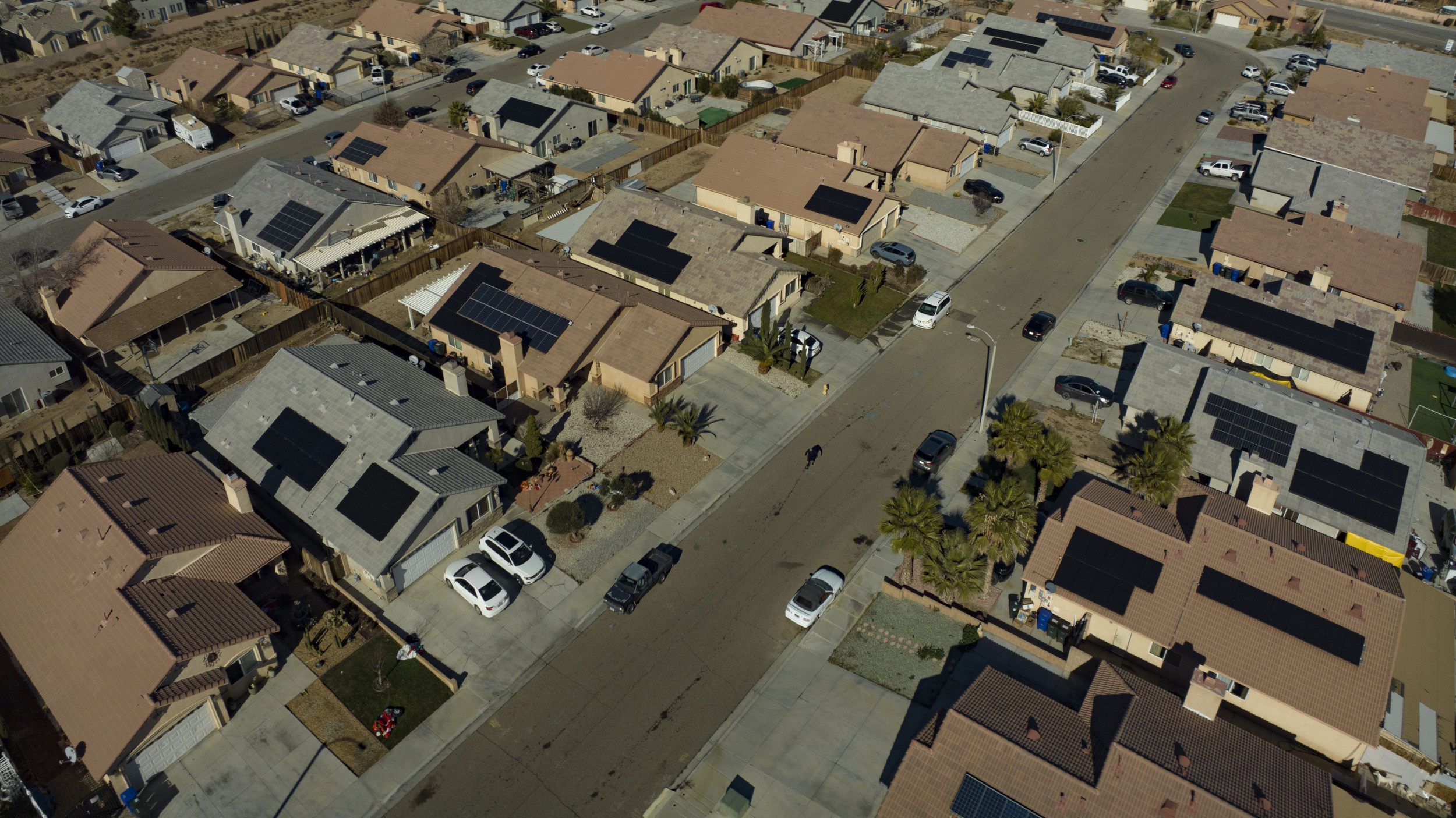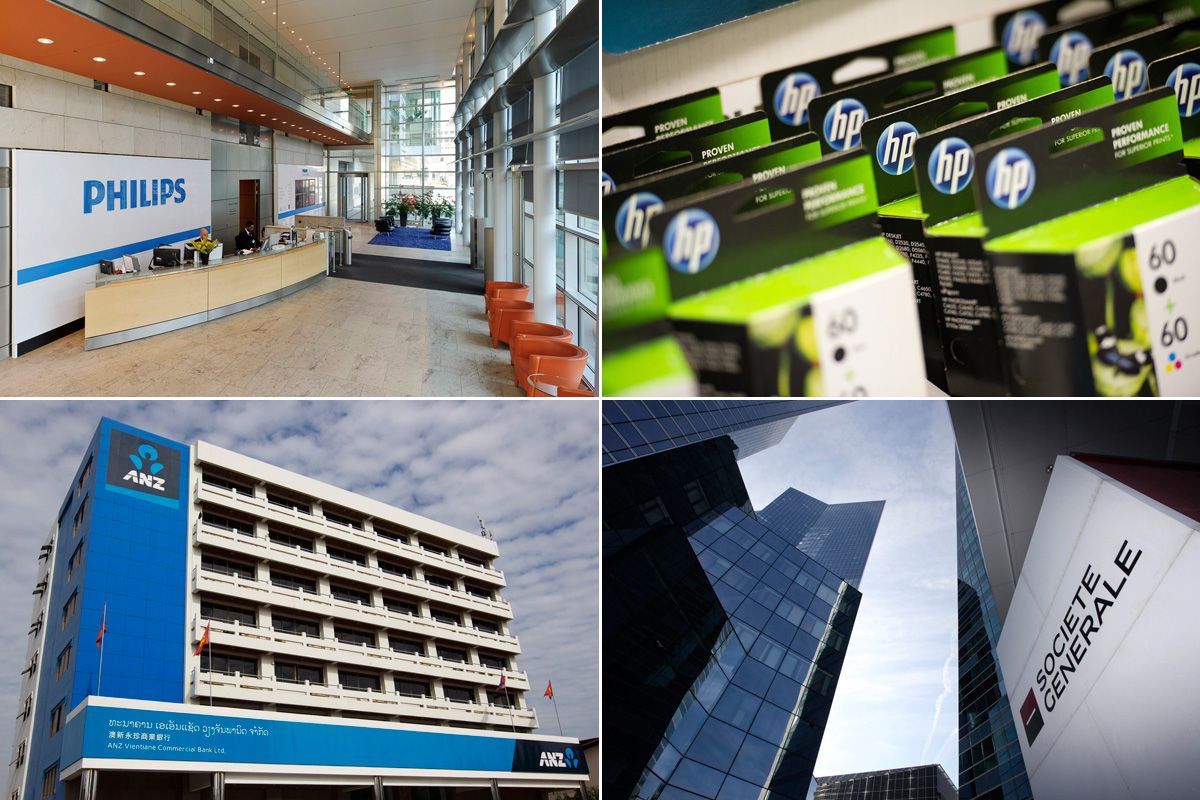
From IBM to Infosys, these are the most eco-conscious companies around the globe.
To compile Newsweek's 2011 Green Rankings, we cut through the green chatter and compared the actual environmental footprint, management (policies, initiatives, controversies) and transparency of the biggest companies on the planet. We partnered with two leading environmental research organizations, Trucost and Sustainalytics to conduct this study, and the methodology was developed in consultation with an advisory panel of corporate sustainability experts. The result: the most comprehensive rankings available on this subject—the greenest among the world's largest 500 companies.
To see the full list of all 500, click here.
The Green Rankings were created in 2009 with ASAP Media, a New York City media development firm founded by editors Peter W. Bernstein (pbernstein@asap-partners.com) and Annalyn Swan (aswan@asap-partners.com). It specializes in creating magazine, book, and online content.

Industry Sector: Technology Equipment
United States
NEWSWEEK Green Score: 75.8%
Environmental Impact: 66.7%
Environmental Management: 87.6%
Transparency & Disclosure: 63.7%
Hewlett Packard has a very strict EHS management system, and it requires that newly-acquired companies implement the same system during their integration process. In 2009, HP launched the Global Workplace Initiative to make the company's facilities more sustainable and reduce the company's environmental impact. Most of its building projects are overseen by the HP Global Design Center; sustainable-design features include renewable building materials, and efficient lighting and water systems. Many of the company's buildings have been LEED certified. In order to reduce emissions, the company also is replacing chlorofluorocarbons in its air conditioning systems with hydrofluorocarbons, which are greenhouse gases that do not deplete the ozone layer. HP sets yearly environmental goals to improve sustainability. In 2010, HP removed all mercury from its notebooks. The company promised to reduce greenhouse gas emissions to 40 percent below 2005 levels by the end of 2011, a goal it reached nine months ahead of its deadline.

Industry Sector: Retailer
Mexico
NEWSWEEK Green Score: 75.9%
Environmental Impact: 63.6%
Environmental Management: 84.6%
Transparency & Disclosure: 92.5%
Walmart's Central American offshoot has made major headway toward becoming greener. In 2008, the company set out to achieve a 50 percent reduction in shopping-bag waste by 2013. Walmart de Mexico introduced reusable bags, and by 2010 the company had sold more than 4.2 million of the bags, which helped it reach a 58 percent reduction in plastic bags use, three years ahead of schedule. The company also strives to heavily promote renewable energy sources. The company's Oaxaca I Lamatalaventosa Wind Farm powers 348 stores and buildings in Mexico City, State of Mexico, and Morelos. Additionally, two of the company's stores feature the largest solar energy installations in all of Latin America. The company's efforts allowed it to save more than 76.5 million kwh of energy in 2010, which is approximately 38,686 tons of CO2.
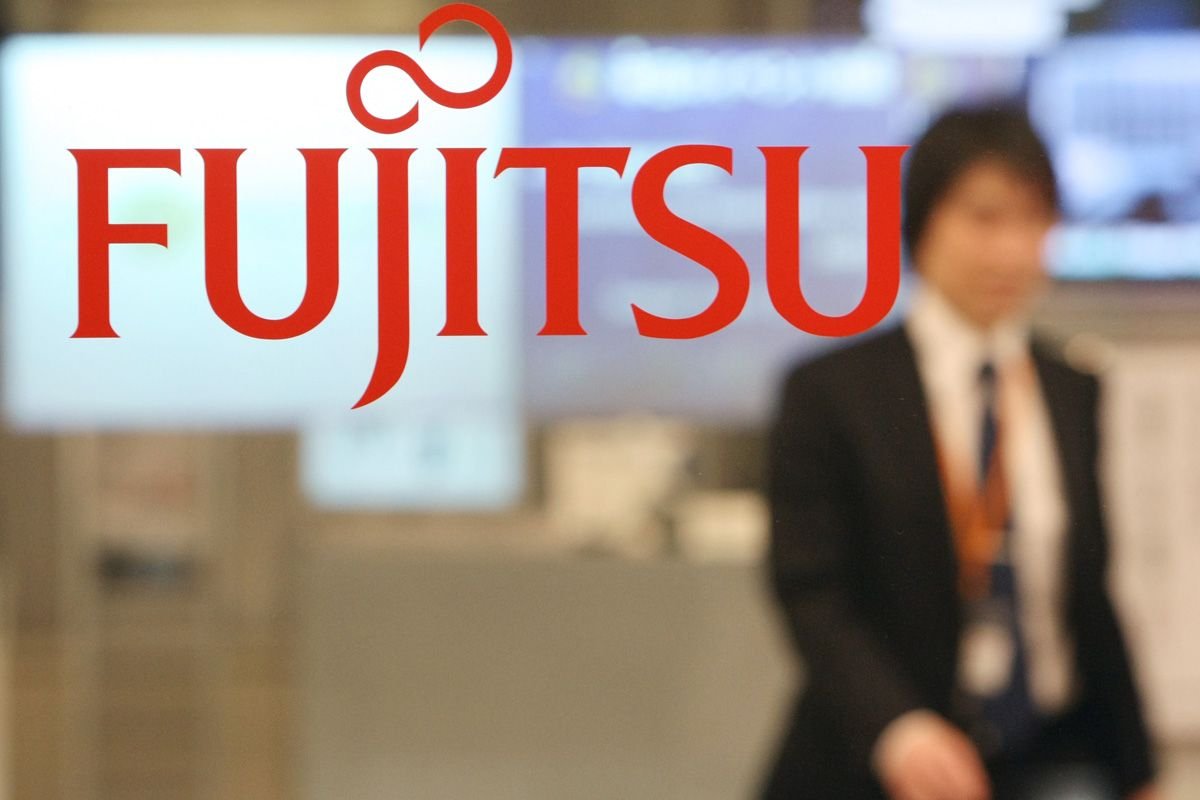
Industry Sector: Technology Equipment
Japan
NEWSWEEK Green Score: 76.1%
Environmental Impact: 67.5%
Environmental Management: 81.5%
Transparency & Disclosure: 91.2%
Fujitsu has made major strides toward achieving sustainability since it set forth its Commitment to the Environment in 1992, and has created a number of successful environmental initiatives since then. The company's Green Factory and Green Office systems, introduced in 2007, allowed 371 of company sites to achieve zero emissions for waste, which is more than any other company in Japan. The company's Green Policy 2020 initiative aims to help Japanese society achieve an emissions peak in 2020, which will only decrease from that point. The company also develops eco-friendly products. In 1993, Fujitsu began to carry out its own environmental assessments, and in 1998, it established Green Product Evaluation Standards. By 2004, the company was developing Super Green Products, which have far better environmental characteristics than others on the market. In 2009 alone, the term "Super Green Product" could be applied to 30 of the company's product families.

Industry Sector: Telecommunications
Canada
NEWSWEEK Green Score: 76.5%
Environmental Impact: 73.5%
Environmental Management: 81.4%
Transparency & Disclosure: 68.1%
Bell is Canada's largest communications company, and the only one to be awarded ISO 14001 for its environmental management system. Bell hopes to reduce (PDF) greenhouse gas emissions by 50 percent by the end of 2020, and has reduced its emissions by 22 percent since 2003. Bell attempted to reduce emissions from traveling by providing alternatives to employee travel, such as teleconferencing and videoconferencing. In 2010, such initiatives reduced travel costs by 16 percent. The company also tried to get its customers involved by encouraging them to switch electronic billing. More than 20 percent of all bills are now electronic, which saves roughly 33,000 trees. In 2010, 89 percent of all the waste Bell collected was recycled or used as a fossil-fuel substitute.
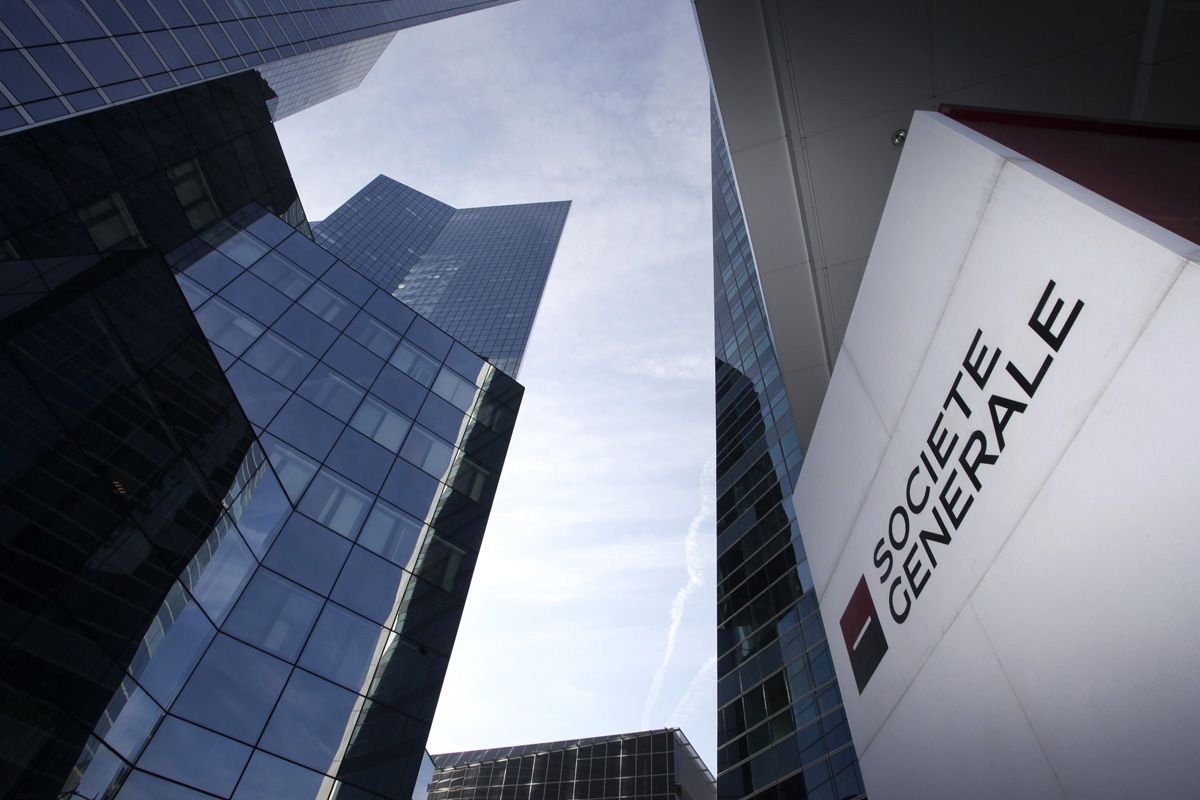
Industry Sector: Financials
France
NEWSWEEK Green Score: 76.6%
Environmental Impact: 74.4%
Environmental Management: 78.3%
Transparency & Disclosure: 79.0%
In 2011, the company offset 75 percent of 2010 emissions, meaning that Societe Generale is very close to its goal of being carbon-neutral by 2012. The company paid for six projects, including a wind farm in Morocco and micro-hydroelectricity in Guatemala, by purchasing carbon credits. The company recently launched the Green IT program to make IT systems more energy-efficient; in 2010 this led to a CO2 emissions reduction of about 7,000 tons. In 2010, the company's Granite Tower became the first skyscraper in France to earn a High Quality Environmental (HQE) certification for its day-to-day operations. That same year, the company created an energy-savings unit, which became part of the Real Estate Department.

Industry Sector: Telecommunications
Switzerland
NEWSWEEK Green Score: 77.0%
Environmental Impact: 77.0%
Environmental Management: 75.8%
Transparency & Disclosure: 81.8%
Swisscom AG is the largest telecommunications firm in Switzerland. It is one of the largest purchasers of electricity in Switzerland, but it also uses 100 percent renewable energy. The company made its first purchase of solar energy in 1999, and by 2010, it had transitioned to using electricity generated only by renewable-energy sources. The company's "Mistral" system uses fresh outside air to cool its television exchanges instead of expensive air conditioning systems. Since 1998, the company has reduced CO2 emissions by 53 percent. The company offers many environmentally-friendly devices, such as the Ecomode cordless phone, which does not emit any radiation when in standby mode. Swisscom even introduced the world's first solar-powered phone in 2009.

Industry Sector: Capital Goods
Netherlands
NEWSWEEK Green Score: 77.2%
Environmental Impact: 59.7%
Environmental Management: 92.2%
Transparency & Disclosure: 87.8%
Koninklijke Philips Electronics N.V. seems to manufacture everything from razors to flat-screen televisions. While the company has launched a series of environmental programs since 1994, its current program, EcoVision4, was announced in 2007. EcoVision4 aims to achieve three goals by 2012, including investing 1 billion euros in Green Innovations and increasing energy efficiency by 25 percent. The company sells many energy-efficient products, and the majority of them are made through the EcoDesign process, which calls for sustainability in all of parts of the manufacturing process. Once sold to consumers, some of the company's products offer up to 80 percent energy savings.

Industry Sector: Information Technology & Services
India
NEWSWEEK Green Score: 77.3%
Environmental Impact: 75.3%
Environmental Management: 81.8%
Transparency & Disclosure: 66.0%
Infosys is a consulting and technology services firm based in Bangalore, India. Infosys strives to use renewable energy sources. It is one of the biggest consumers of solar energy in India, and the company is testing the effectiveness of wind power to help meet its energy needs. For every new employee hired at Infosys, the company plants a sapling in order to help replenish natural resources. At some of its "Development Centers," the company has bio-gas chambers, which generate energy from organic waste, while non-organic waste is recycled. The company's environmental programs have combined to reduce its energy consumption, water consumption, and carbon footprint by 5 percent.

Industry Sector: Information Technology & Services
India
NEWSWEEK Green Score: 79.1%
Environmental Impact: 73.3%
Environmental Management: 81.8%
Transparency & Disclosure: 93.2%
All of Tata's new buildings (PDF) are designed to national and international standards, like LEED Green Buildings (three of its buildings are already LEED certified.) In order to dispose of waste, 16 of Tata's facilities have started composting, and some others have bio-digesters, which can turn waste into methane fuel for the kitchens. In 2010, Tata reduced its carbon footprint by 14.07 percent, reduced paper consumption by 34 percent, and increased waste conversion to manure by 60 percent. The company also places a heavy emphasis on employee participation in environmental initiatives, and between 2009 and 2010, 100,000 employees participated in sustainability training.
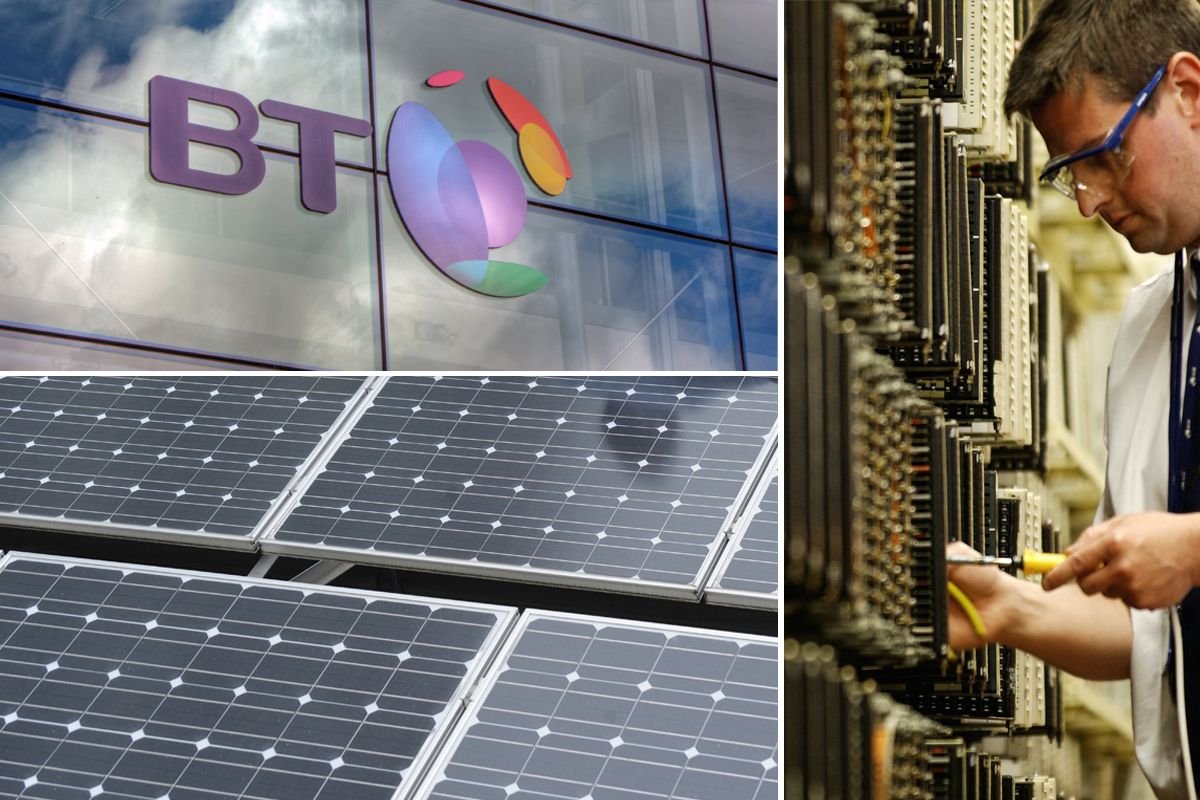
Industry Sector: Telecommunications
United Kingdom
NEWSWEEK Green Score: 80.4%
Environmental Impact: 76.2%
Environmental Management: 80.8%
Transparency & Disclosure: 97.5%
BT Group LTD offers communications services. The company has plans in place to reduce its carbon emissions by 80 percent by 2020, and has already reached a 54 percent reduction. In 2006, the company decided to have 20 percent of its employees actively involved in carbon reduction initiatives by 2012, with the result that more than 7,000 employees are now participating in such activities. Recognizing that BT is one of the U.K.'s biggest consumers of electricity, the company announced plans to launch a number of wind-farms powerful enough to provide about 25 percent of its energy needs by 2016. Its environmental initiatives have been so successful that BT will also be the Sustainability Partner for the 2012 London Olympic games.
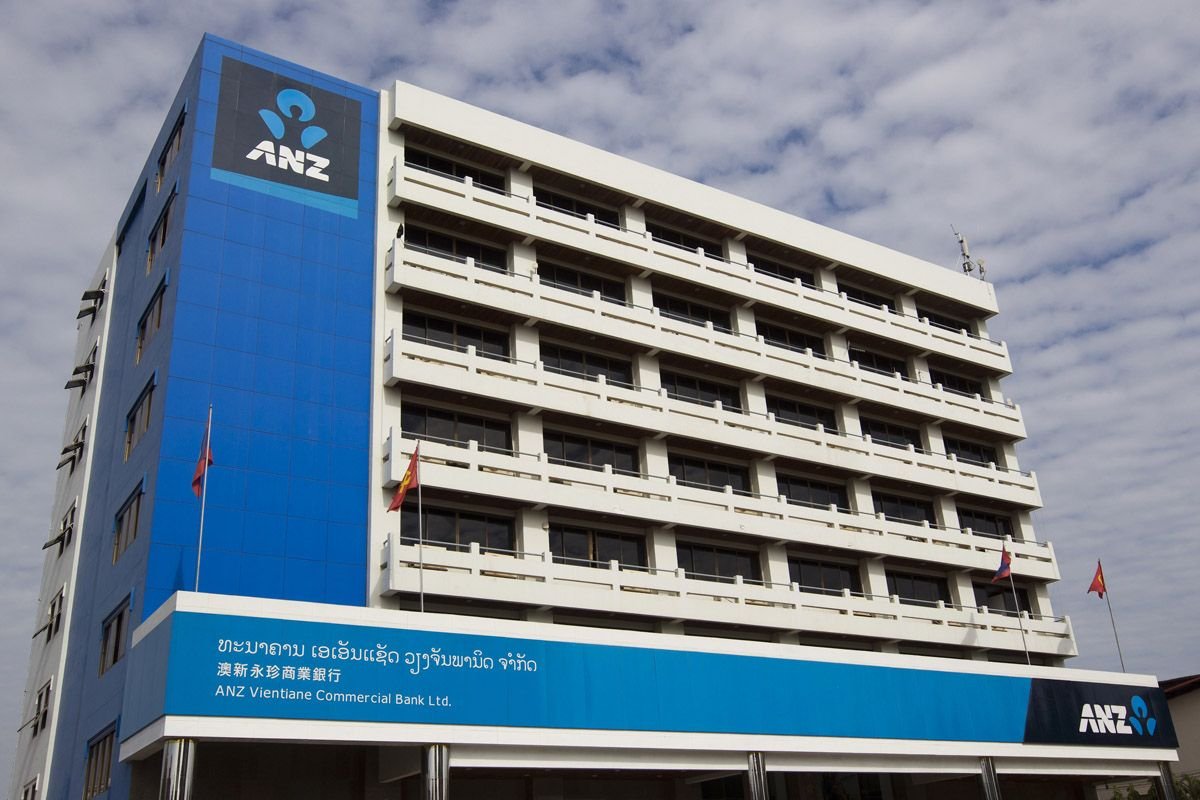
Industry Sector: Financials
Australia
NEWSWEEK Green Score: 80.9%
Environmental Impact: 84.9%
Environmental Management: 73.6%
Transparency & Disclosure: 95.8%
The company achieved its goal of becoming carbon-neutral by the end of 2010, largely by buying up carbon offsets. The bank has installed "Smart" meters in many of its office buildings, which helped reduce energy consumption by 25 percent in 2009. The company's newer buildings are constructed with energy efficiency in mind; for instance, the headquarters in Melbourne is designed to release 70 percent fewer greenhouse-gas emissions than a standard office building. At the more basic level, the decision to start offering electronic statements beginning in 2008 saved more than 24 million sheets of paper. The company also aims to reduce the total amount of waste produces, and so far has achieved a recycling rate of about 59 percent.
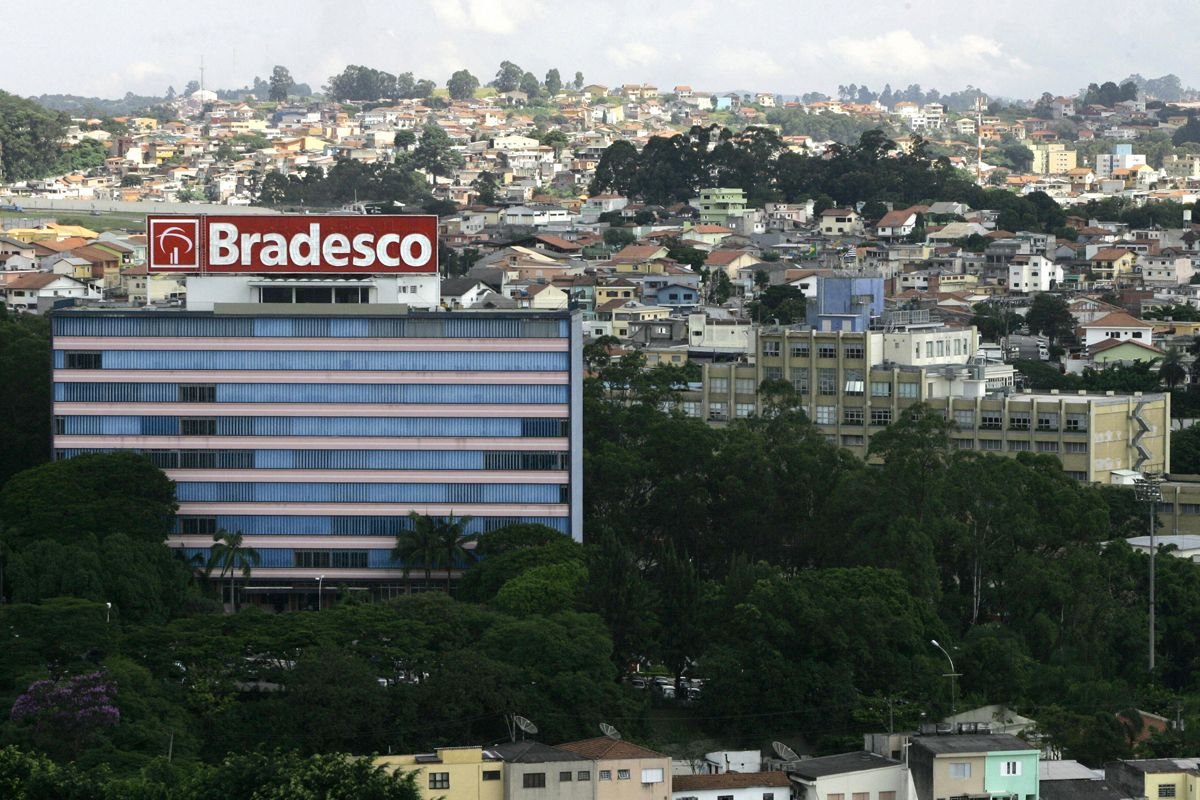
Industry Sector: Financials
Brazil
NEWSWEEK Green Score: 82.2%
Environmental Impact: 88.1%
Environmental Management: 82.0%
Transparency & Disclosure: 56.3%
The Bank has a Carbon Credit Management area, which offers funding to companies that want to launch projects to reduce their greenhouse-gas emissions. However, the program is so advanced for Brazil that it is not heavily utilized. The bank advocates eco-efficiency (42), which strives to "create more value with less environmental impact." The Eco-efficiency Working Group established a Master Plan in 2010 that lays out plans for the next five years. That same year, the company recycled more than 1.9 million tons of paper and saved on 15 million payment slips because of the Authorized Direct Debit system. The company also has issued more than 200,000 recycled PET cards since 2008; the cards are made from used plastic bottles in order to reduce plastic production.
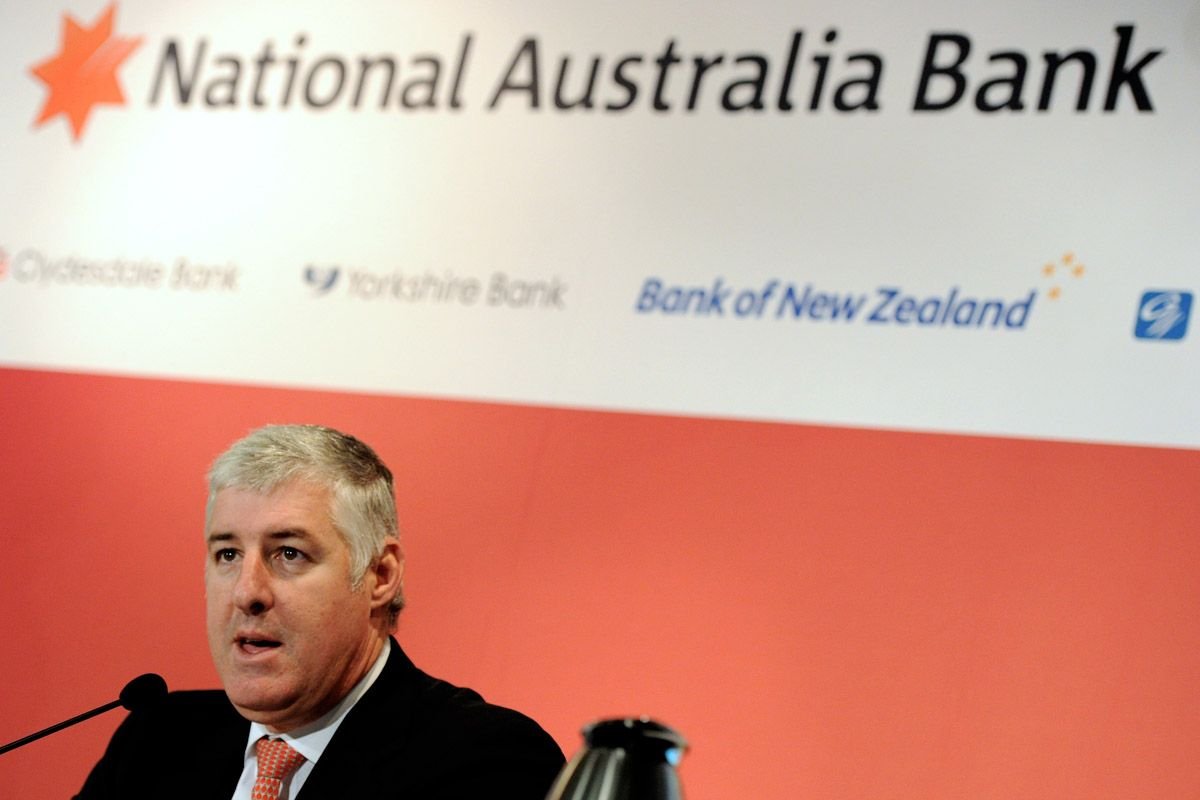
Industry Sector: Financials
Australia
NEWSWEEK Green Score: 82.2%
Environmental Impact: 80.6%
Environmental Management: 80.9%
Transparency & Disclosure: 95.3%
The company set a goal of being entirely carbon-neutral by September of 2010, which it achieved. The bank also proudly proclaims that it reached carbon neutrality by altering energy use, and not only by buying carbon offsets. The company reduced energy consumption by roughly 25 percent and began purchasing about 10 percent of its electricity from renewable energy sources (water, wind, biomass, and solar), unavoidable emissions were then canceled out by purchasing carbon offsets.. The company recently refurbished its main office in downtown Melbourne, meaning its natural gas consumption, water, and electricity consumption will be reduced by 50 percent. In the future, the company's PaperCuts program aims to cut its paper consumption some 20 percent by September 2013, to 720 million sheets of paper. This will primarily reduce greenhouse-gas emissions during the papermaking process.

Industry Sector: Information Technology & Services
United States
NEWSWEEK Green Score: 82.5%
Environmental Impact: 78.8%
Environmental Management: 86.2%
Transparency & Disclosure: 83.0%
The only company to make both U.S. and world lists, IBM has long been committed to environmental responsibility. The company employs roughly 426,750 people, and had about $99.9 billion in revenue in 2010. In 1971, IBM formalized (PDF) a corporate environmental policy—designed to make IBM an environmental leader in all its business activities. And in the intervening 40 years, many of the company's environmental initiatives truly have been ahead of their time. For instance, IBM developed requirements (PDF) for secondary containment for underground storage tanks in 1979, while the EPA waited until 1985 to create the Office of Underground Storage Tanks.

Industry Sector: Financials
Germany
NEWSWEEK Green Score: 83.6%
Environmental Impact: 87.0%
Environmental Management: 83.4%
Transparency & Disclosure: 69.4%
Munchener Ruckversicherungs AG is a reinsurance and insurance provider. The company founded the Geo Risks Research Department in 1974, and has been studying and planning for the effects of climate change since then. Munich Re launched the Munich Climate Insurance Initiative to help adapt insurance to fit the impacts of climate change. Munich Re was one of the founding members of Dii GmbH in 2009. The initiative is designed to assess the possibility of supplying the MENA region and Europe with energy, using solar and wind power harnessed in the desert of North Africa. The ultimate goal would be to fulfill 15 percent of Europe's electricity demands by 2050. All this, of course, indicates that Munich Re maintains high standards of sustainability itself. In 2010, the company recycled 65.3 percent of all paper that its employees used. The company's Munich office has been carbon-neutral since 2009, and it currently is rolling out a plan for all its facilities to be carbon-neutral by 2015.
Uncommon Knowledge
Newsweek is committed to challenging conventional wisdom and finding connections in the search for common ground.
Newsweek is committed to challenging conventional wisdom and finding connections in the search for common ground.
About the writer
To read how Newsweek uses AI as a newsroom tool, Click here.




